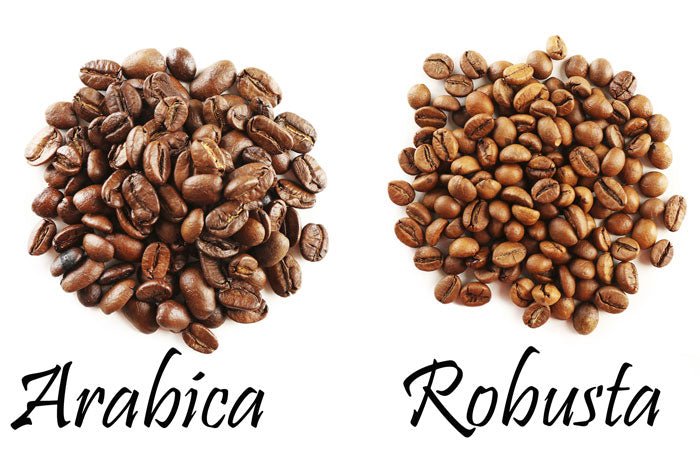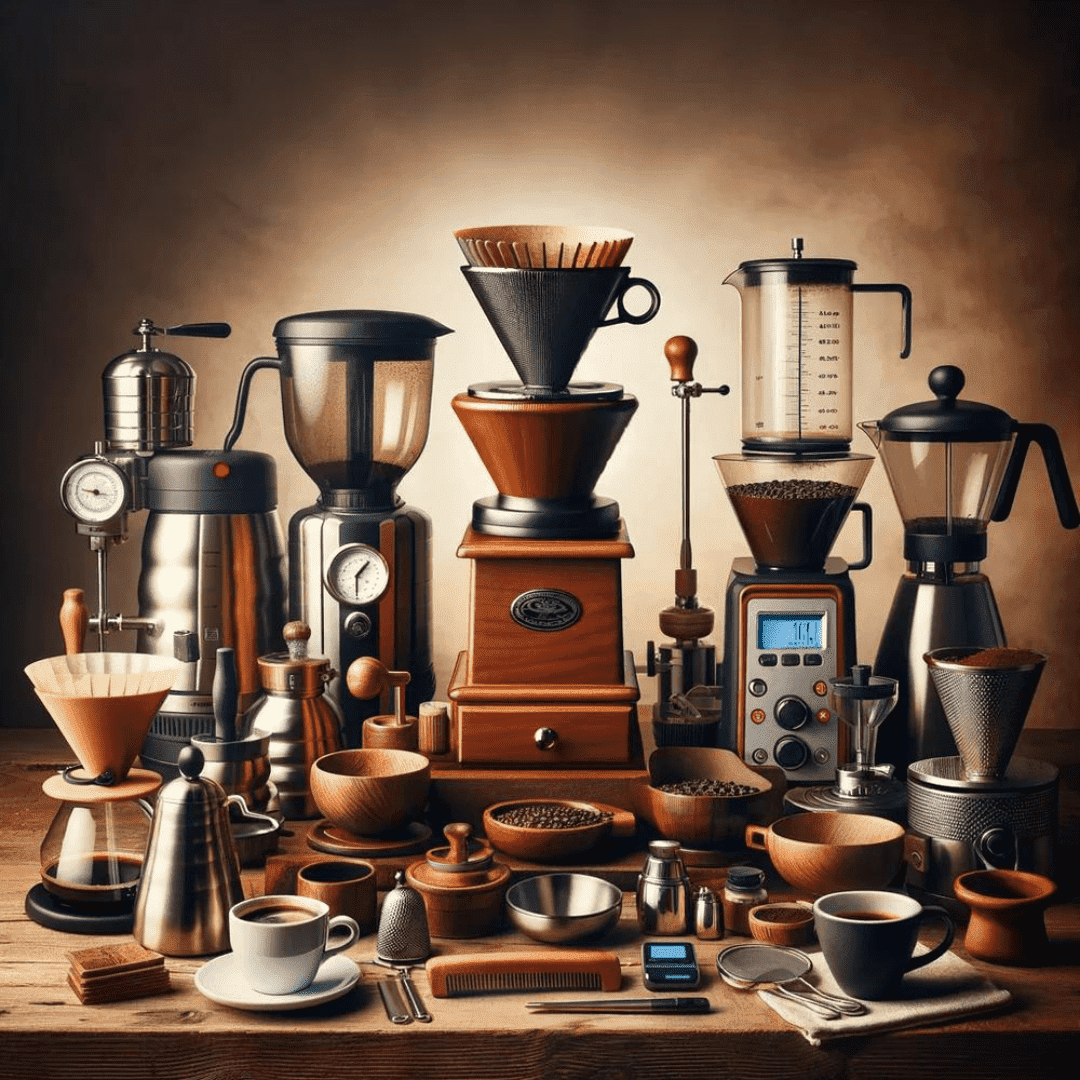Whether you're an aficionado or simply enjoy a morning cup, understanding coffee shelf life and the significance of best before dates can enhance your coffee experience. We are going to look a bit into the intricacies of coffee preservation, exploring how factors like packaging, storage, and roast level impact its freshness and flavor. Lets begin with Roasted and Roasted and Ground Coffee, that with its rich aroma and invigorating taste, is a staple for many around the world.
Emma Sage, Coffee Science Manager, SCAA states that “Coffee is what is known in the food science field as a shelf-stable product, which after roasting does not spoil due to enzymatic or microbial processes (also mentioned by Illy and Viani 2005; Nicoli and others 1993; Anese and others 2006).”
Before it graces our mugs, coffee undergoes a journey from bean to brew. Freshly roasted coffee beans emit delightful aromas and boast complex flavors waiting to be unlocked. However, as soon as coffee is roasted, a clock begins ticking and it is a race against time to preserve its quality and taste.
Roasted and Roasted and Ground Coffee's shelf life is determined by various factors, the foremost being its exposure to oxygen, moisture, light, and heat. Oxygen, the primary culprit behind coffee's degradation, leads to oxidation that is the process responsible for the loss of flavor and aroma over time. To combat oxidation, coffee must be stored in airtight containers to minimize exposure.
Moisture is another adversary of coffee freshness. Excessive moisture can lead to mold growth, jeopardizing both the taste and safety of the coffee. Therefore, it's crucial to store coffee in a dry environment away from humidity.
Light and heat are also formidable enemies in the battle for coffee freshness. Exposure to light can accelerate the deterioration of coffee oils and compounds, while heat can expedite the staling process. To preserve coffee's delicate flavors, it's advisable to store it in a cool, dark place.
So when we see the best before date stamped on coffee packaging , this date will serve as a guideline for freshness and quality. However, it's important to understand that this date is not an expiration date. Instead, it indicates the period during which the coffee is expected to retain its optimal flavor and aroma, as determined by the roaster.
Contrary to popular belief, coffee doesn't spoil in the traditional sense. Instead, it undergoes flavor degradation as it ages, resulting in a loss of vibrancy and complexity.
While coffee may still be safe to consume beyond its best before date, it may lack the rich flavors and aromas characteristic of freshly roasted coffee.
Additionally there are other Factors Influencing the shelf life of coffee, including its roast level, grind size, and packaging. Lighter roasts tend to have a shorter shelf life than darker roasts due to their higher acidity and lower oil content. Conversely, darker roasts boast a longer shelf life, thanks to their strong flavor profile and higher oil content.
Grind size also plays a crucial importance role in coffee freshness. Whole bean coffee retains its freshness longer than pre-ground coffee, as grinding accelerates the oxidation process. To prolong the shelf life of coffee, it's advisable to grind beans immediately before brewing to preserve their flavor and aroma.
Packaging is equally crucial in safeguarding coffee freshness. Quality packaging, such as airtight bags equipped with one-way valves, helps prevent oxygen exposure while allowing carbon dioxide to escape essential for preserving coffee's freshness.
Tips for Extending Coffee Shelf Life
To extend the shelf life of your coffee and ensure maximum freshness, consider the following tips:
1. Store coffee in an airtight container in a cool, dark place.
2. Avoid storing coffee in the refrigerator or freezer, as fluctuations in temperature can compromise its quality.
3. Purchase coffee in smaller quantities to ensure freshness and prevent waste.
4. Invest in quality coffee storage containers equipped with one-way valves to maintain freshness.
5. Consider vacuum-sealing coffee for long-term storage, especially if purchasing in bulk.
After this tips, let’s talk a bit about Instant coffee, which is made by freeze-drying or spray-drying brewed coffee. This process removes the water content, leaving behind a concentrated powder that can be rehydrated with hot water. Due to its low moisture content, instant coffee has a longer shelf life compared to its fresh counterpart. Generally, unopened jars or packages of instant coffee can last up to two years from the date of manufacture, that is why many people choose instant varieties and once you open a jar or package of instant coffee, it's recommended to use it within three to six months for the best flavor. Over time, the coffee granules can become clumpy or stale, leading to a less desirable taste.
Understanding coffee shelf life and best before dates empowers coffee enthusiasts to enjoy a superior cup of coffee with every brew. By implementing proper storage techniques and adhering to best practices, you can savor the rich aromas and flavors of freshly roasted coffee long after its roast date. So, the next time you reach for a bag of coffee beans, remember to savor every sip, knowing that you've unlocked the secret to coffee freshness. In essence, coffee's shelf life is a journey, a delicate balance between preservation and enjoyment, a journey worth embarking on with every cup.



